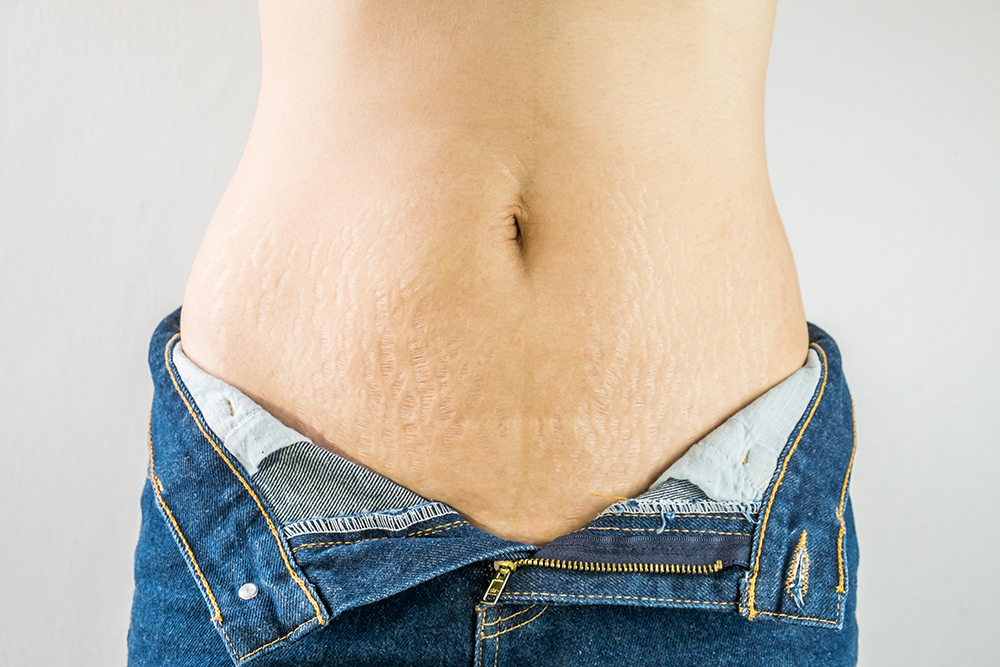
Is your mid-section feeling a little squishy? Do you have a muffin top peeking over your jeans? These may be signs of a physical condition called diastasis recti that is common in many moms. The condition is so prevalent that some estimates put your chance of developing it as high as 50-60% and even higher if you’re the mom of multiples. Read on to learn why diastasis recti happens and what you can do about it.
What is diastasis recti?
Diastasis recti is the widening and thinning of the midline connective tissue in the abdominal wall. It usually happens in the space around the belly button, but severe cases can extend as far up as your ribs and as far down as pubic bone.
TIP: Diastasis recti isn’t just about pregnancy. It can happen to men, women, and even babies.
What causes diastasis recti?
- Genetics: the elasticity of your tissue, your connective tissue’s ability to repair itself, and how much you weigh.
- Carrying multiples: Moms of twins, triplets, etc. are at higher risk because they are often carrying more weight and get larger during pregnancy.
- Body mechanics: How you’re breathing, how you’re lifting things, etc.
- Other factors: chronic constipation, a history of obesity
What are some complications that could occur?
Part of the problem is aesthetics (no one wants a muffin top!), but there are more serious issues as well. If the separation is big enough, it won’t hold in your internal organs properly. This can cause GI dysfunction, lower back pain, and a weak core.
How do you know if you have it?
Lie down with your knees bent and your head and feet flat on the floor. Take three fingers and place them near your belly button, parallel to your waistline. You want to feel for the muscles on either side. Next, lift your head up off the floor in a crunching motion, and using your fingers, feel for a gap between the muscles. If you have a gap of more than two fingers width, you may have diastasis recti.
How can you prevent or fix diastasis recti?
- When you’re pregnant and lying down in bed, do not crunch up. Instead, roll to the side, and push yourself up.
- Learn how to properly lift heavy things. You want to lift up as you exhale and always be conscious of engaging your core muscles
- When you’re newly post-partum, avoid crunches and more aggressive abdominal exercises. Instead focus on proper breathing techniques, engaging your core muscles, and walking tall.
- Using kinseo tape or postpartum binders may be good options for some women.
- If you’re unsure if you have diastasis recti or need advice on what to do, seek out a pelvic physical therapist.


Leave a Reply